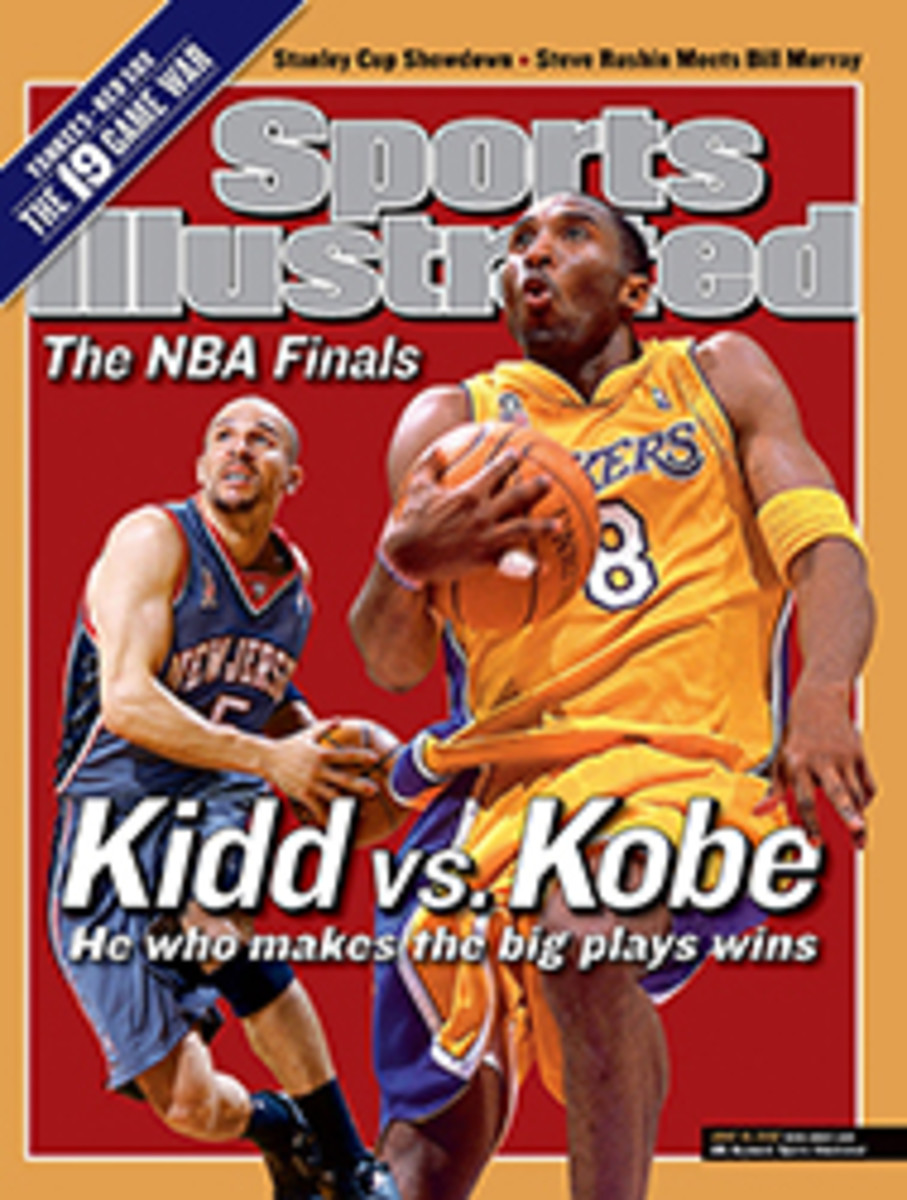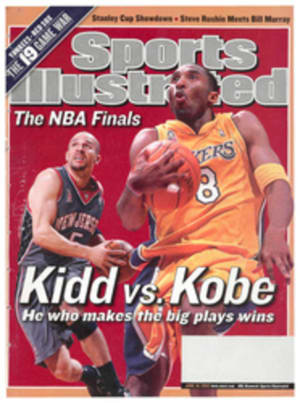
Color Commentary
On Nov. 7, 1902, Harry (Bucky) Lew was paid $5 to play for a team from Lowell, Mass., in the New England Basketball League, making him the first African-American professional basketball player. There were no backboards in those days, so Lew's deadeye set shot was quite an asset to the club. But there was no fouling out, either, and that gave every white bigot on the floor a license to go after him. "I took the bumps, the elbows in the gut, knees here and everything else that went with it," Lew remembered with satisfaction more than 50 years later, "but I gave it right back. It was rough but worth it."
It certainly was. Basketball today is globally popular and a multibillion dollar business in no small part because African-Americans like Lew insisted on taking the court despite decades of resistance and abuse. In They Cleared the Lane (University of Nebraska Press, $29.95) San Francisco sportswriter Ron Thomas has produced a tribute to these men that is full of surprises.
Perhaps the biggest is how smoothly the NBA was integrated in 1950, as compared with major league baseball three years earlier. Chuck Cooper, the first black player drafted, says, "There certainly was never any racial problem within the Celtics," the team that picked him. Earl Lloyd, the first African-American to play in an NBA game, says he "didn't have one problem with one player overtly." Name-calling from opponents was rare, and when it did happen, a guy could depend on his white teammates to back him up.
The chief issues these pioneers faced were abuse from fans and the refusal of some restaurants and hotels to serve or house them. Sometimes the players were stared at in sheer disbelief by wide-eyed white kids who'd never seen an African-American. "Go ahead and touch me," Cooper used to say. "The black won't run off."
The book's most intriguing point is that African-Americans have not only contributed to the game of basketball but also transformed it. Baseball is played much the same today as it was when Jackie Robinson broke in, but Wilt Chamberlain introduced an entirely new way of playing center, forcing the league to change the rules to take away some of his advantages. Bill Russell similarly revolutionized the position on defense. Elgin Baylor all but invented the above-the-rim game, and Oscar Robertson patented the triple double.
All of this is old news to old-timers, but plenty of younger Americans could stand to learn it, including certain NBA players who act as if they had invented dribbling. While walking through the Detroit airport in the early 1980s, Lloyd happened to pass the Indiana Pacers. Not one player recognized him. Lloyd says he wasn't insulted but rather saddened to think of "the past passing by the present...and they both know nothing about each other." Perhaps Thomas's book will help the two get acquainted.

